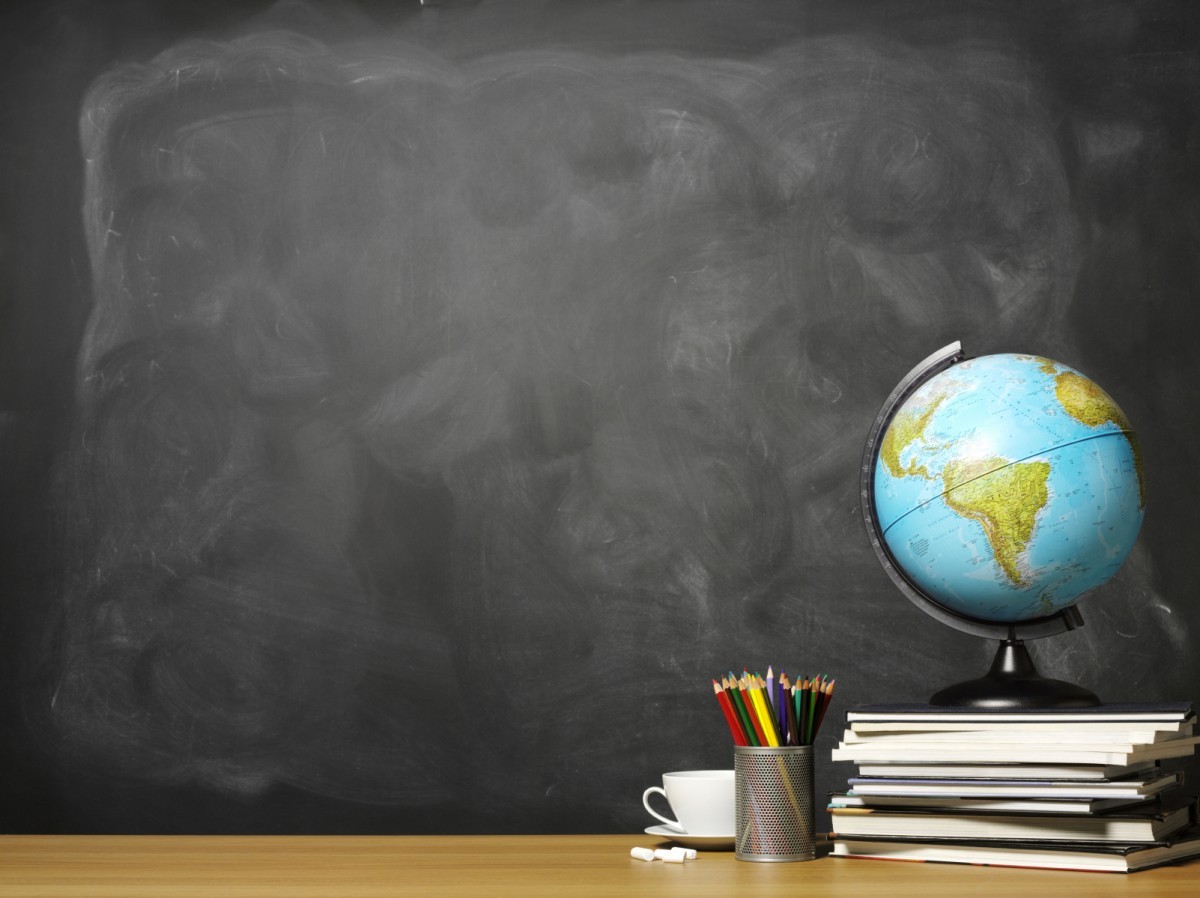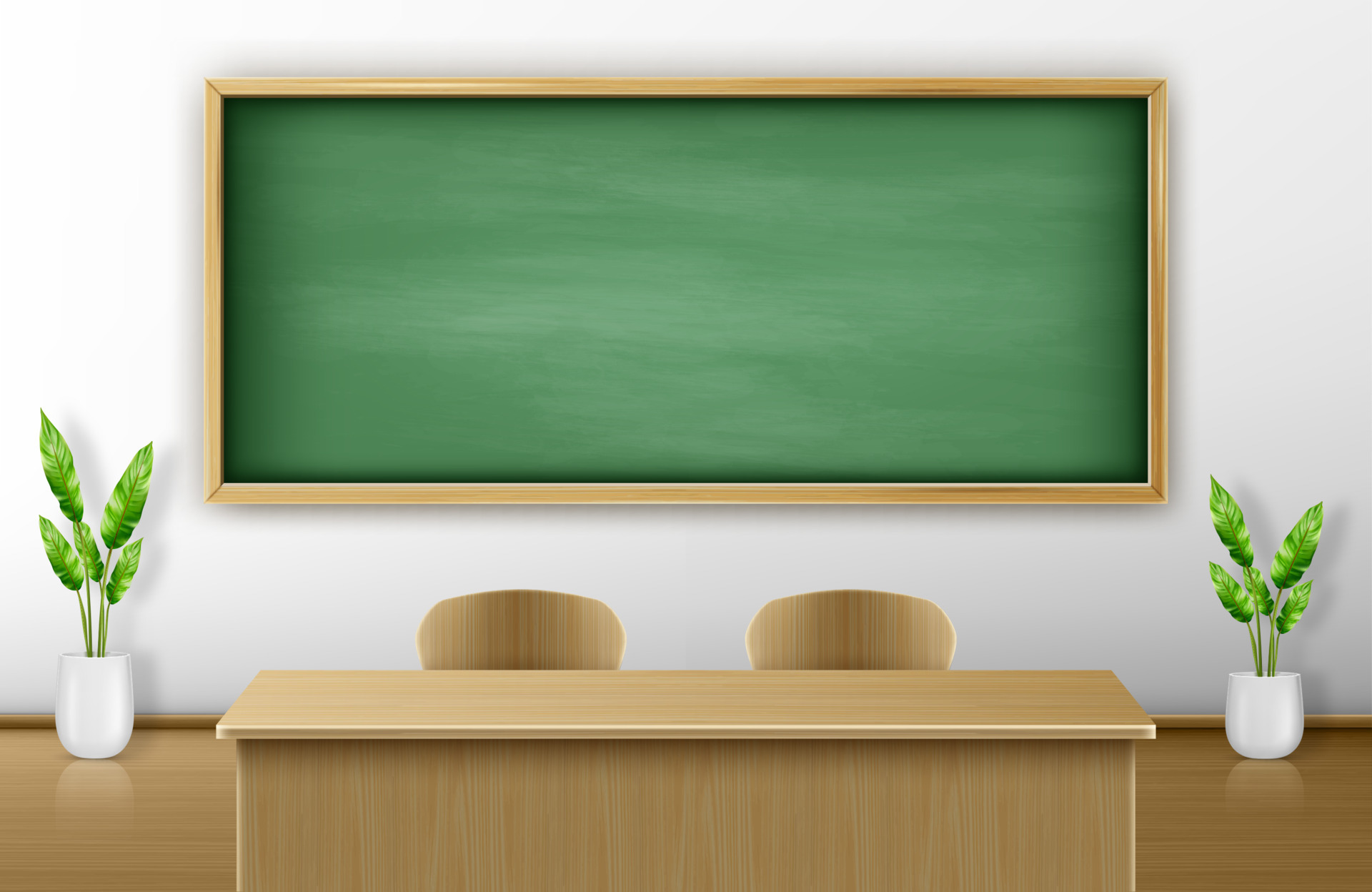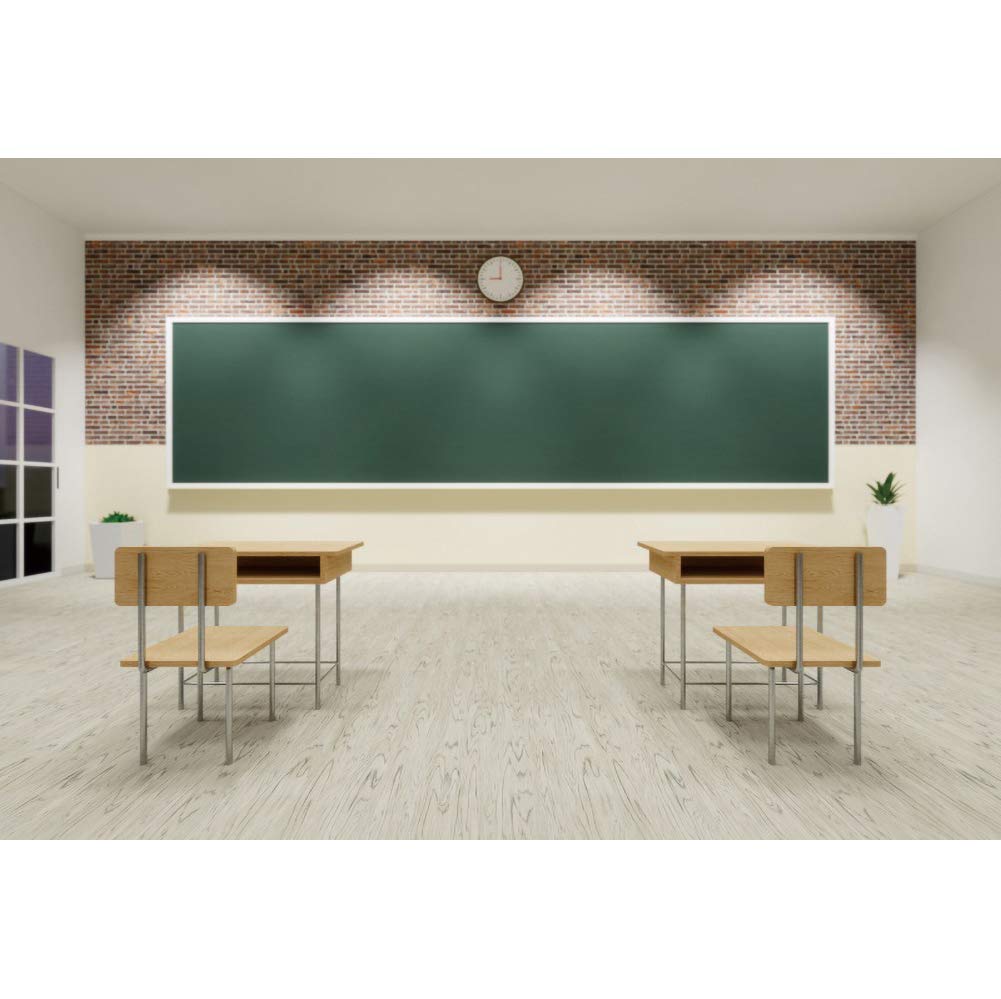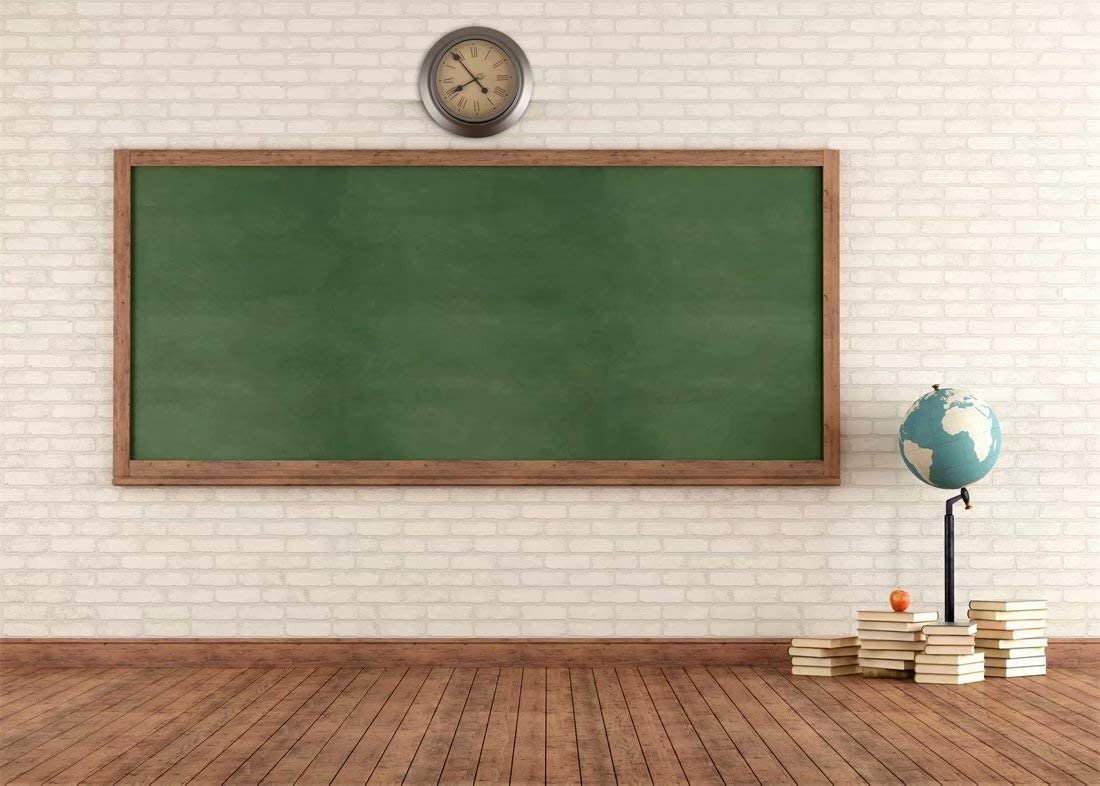The classroom blackboard has been an emblematic feature of education for centuries. Once a simple slate for chalk writing, it has evolved significantly with advancements in technology. Today’s “blackboards” are often digital, providing interactive and collaborative learning experiences. This evolution has transformed the way educators teach and students learn, adapting to the needs of the modern educational landscape. In this article, we will explore the journey of the classroom blackboard, from its humble beginnings to its current state in the age of digital learning.
From Chalk Dust to Digital Bytes
The transition from traditional chalkboards to their modern counterparts has marked a significant shift in educational practices.
The Traditional Blackboard
The chalkboard was once the center of the classroom, a space where teachers could illustrate concepts, write notes, and engage students in lessons. Its simplicity and ease of use made it a staple in classrooms around the world. However, the limitations of chalkboards became apparent as education demanded more dynamic and interactive content.
The Advent of Whiteboards and Smartboards
Whiteboards replaced blackboards in many classrooms, eliminating chalk dust and allowing for easier writing and erasing. The introduction of Smartboards took this further by incorporating digital technology, enabling teachers to display digital content, use interactive software, and save written notes electronically. This represented a fundamental shift in the educational toolkit, providing richer and more varied teaching methods.

Enhancing Interaction and Engagement
The evolution of classroom blackboards has significantly impacted student interaction and engagement, making lessons more immersive and adaptable to different learning styles.
Interactive Learning Environments
Smartboards and other interactive displays encourage students to actively participate in their own learning. With touch-sensitive screens, the ability to integrate multimedia, and real-time collaboration, these modern boards cater to visual, auditory, and kinesthetic learners, providing a more comprehensive educational experience.
Collaborative Opportunities
Digital blackboards can connect to the internet, allowing students to work together with their peers from across the room or around the globe. Such technology facilitates group projects, discussions, and peer-to-peer learning, mirroring the collaborative nature of the modern workplace and preparing students for a connected world.

Digital Blackboards in Diverse Educational Settings
Digital blackboards have proven to be versatile tools, adapting to various educational levels and environments.
In K-12 Classrooms
In primary and secondary education, digital blackboards can be used to gamify learning, making it more fun and effective for younger students. They serve as a platform for interactive games, storytelling, and simulations that can make complex subjects more accessible and engaging.
In Higher Education and Professional Training
At the university and professional levels, digital blackboards facilitate complex simulations, detailed visualizations, and access to a vast array of online resources. They support a more research-oriented and self-directed learning approach, essential for higher education and professional development.

Challenges and the Future of Classroom Blackboards
Despite the advantages of digital blackboards, the transition from traditional to modern education tools comes with its challenges and considerations for the future.
Addressing Technological and Pedagogical Challenges
The implementation of digital blackboards requires significant investment in technology and training. Educators must be equipped not only with the tools but also with the pedagogical strategies to maximize their potential. There are also concerns about the digital divide, where unequal access to technology can exacerbate educational disparities.
The Continuous Evolution of Educational Technology
As technology continues to advance, the potential for virtual and augmented reality to enter the classroom grows. These technologies could take the capabilities of digital blackboards further, creating immersive and personalized learning experiences that we are only beginning to imagine.

Integrating Technology with Traditional Teaching Practices
While technology has revolutionized the educational space, integrating these advancements with traditional teaching methods is essential for creating a balanced and effective learning environment.
Blending Old and New
The successful integration of digital blackboards into the classroom doesn’t mean abandoning traditional teaching methods. Instead, it involves a strategic blend of both. Teachers can utilize digital boards for dynamic content delivery and then switch to individual or group activities that may involve traditional writing tools or hands-on materials. This approach ensures that the tactile and physical aspects of learning, which are beneficial in certain scenarios, are not lost.
Training Educators for Technological Proficiency
A significant aspect of this evolution is the professional development of educators. Institutions must provide ongoing training and support to ensure that teachers are not only comfortable with the new technology but also adept at incorporating it into their pedagogy. By doing so, schools can ensure that the technology serves as an aid to teaching and not a hindrance, allowing educators to focus on delivering high-quality instruction.

The Digital Divide and Equitable Access
As educational tools become more technologically advanced, addressing the issue of equitable access becomes increasingly important.
Bridging the Gap
A key challenge in the adoption of digital blackboards is ensuring that all students have equal access to the benefits they offer. Educational institutions must work towards minimizing the digital divide by providing resources and support to those who may not have ready access to technology outside of the classroom. This also means advocating for policies and initiatives that aim to provide all students with the necessary tools for a modern education.
Preparing for a Diverse Technological Landscape
The variability in technological infrastructure between different regions and schools means that a one-size-fits-all approach is not feasible. Education systems must be adaptable, offering a range of solutions that cater to diverse technological landscapes. Whether through mobile learning, cloud-based resources, or other forms of technology, the goal is to ensure that every student can benefit from the advancements in educational tools.
The Future of Learning Spaces
The continuous development of educational technology invites us to reimagine the future of learning spaces.
Beyond the Physical Classroom
As digital blackboards and related technologies become more sophisticated, the idea of the classroom extends beyond physical walls. Virtual classrooms can connect learners from across the world, facilitating global collaboration and cross-cultural exchanges. The future learning space could be a hybrid environment where physical and virtual realities coalesce, providing a rich tapestry of experiences that cater to a wide array of learning needs and styles.
Emphasizing Personalized Learning
Advancements in educational technology also pave the way for more personalized learning experiences. Educators can use learning analytics and adaptive learning software with digital blackboards. They tailor their instruction to each student’s individual needs. This customization enhances engagement. It also improves outcomes by addressing each learner’s unique strengths and challenges.
Embracing Change in Education
The evolution of classroom blackboards is a testament to the ongoing transformation of educational practices. From chalk and slate to interactive digital displays, the journey reflects a broader commitment to improving teaching and learning through innovation. Modern blackboards have reshaped the learning environment, introducing new levels of interaction, engagement, and collaboration. As we look to the future, the educational community must continue to adapt, integrating emerging technologies and addressing challenges to ensure that the evolution of classroom blackboards aligns with the ultimate goal of providing quality education for all.
